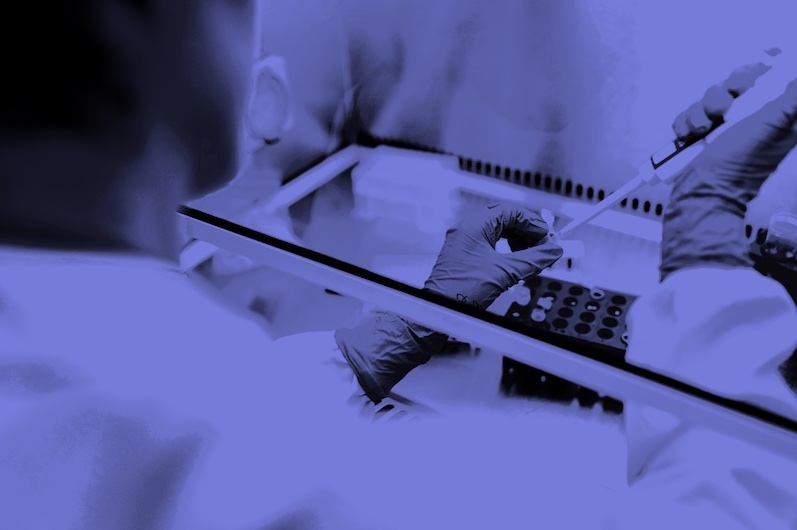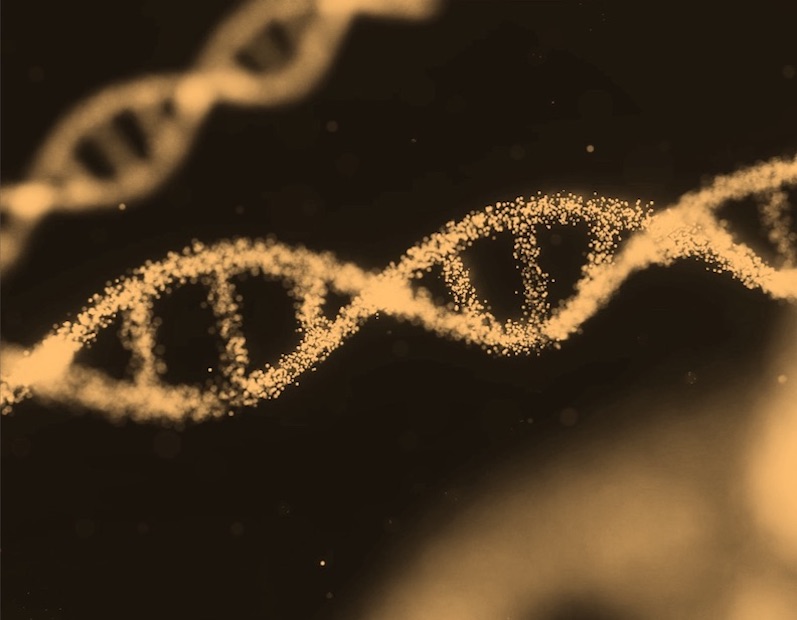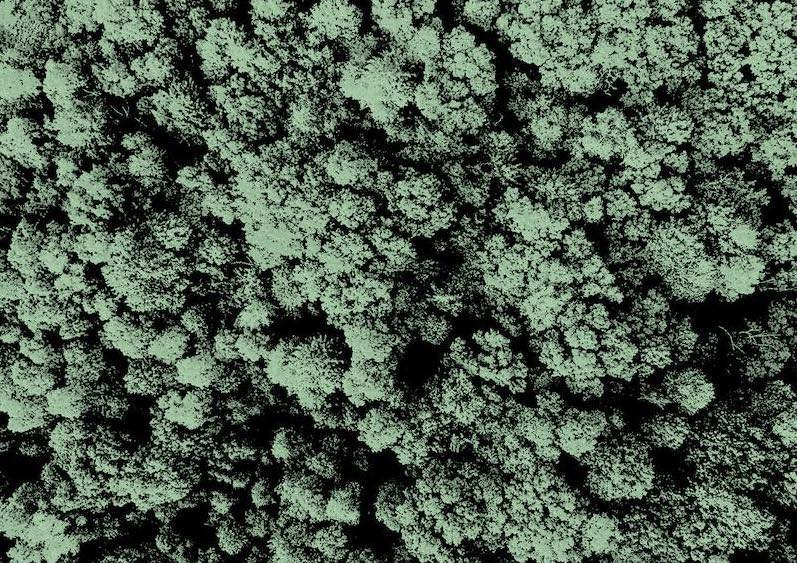What is it about?
We present topographical and nanomechanical characterization of single Didymosphenia geminata stalk. We compared the samples before and after adsorption of metal ions from freshwater samples. Transmission electron microscopy studies of single stalk cross-sections have shown three distinct layers and an additional thin extra coat on the external layer (called “EL”). Using scanning electron microscopy and atomic force microscopy (AFM), we found that topography of single stalks after ionic adsorption differed significantly from topography of pristine stalks. AFM nanoindentation studies in ambient conditions yielded elastic moduli of 214 ± 170 MPa for pristine stalks and 294 ± 108 MPa for stalks after ionic adsorption. Statistical tests showed that those results were significantly different. We conducted only preliminary comparisons between ionic adsorption of several stalks in air and in water. While the stalks with ions were on average stiffer than the pristine stalks in air, they became more compliant than the pristine stalks in water. We also heated the stalks and detected EL softening at 50°C ± 15°C. AFM nanoindentation in air on the softened samples yielded elastic moduli of 26 ± 9 MPa for pristine samples and 43 ± 22 MPa for stalks with absorbed metal ions. Substantial decrease of the EL elastic moduli after heating was expected. Significantly different elastic moduli for the samples after ionic adsorption in both cases (i.e., for heated and nonheated samples), as well as behavior of the stalks immersed in water, point to permanent structural EL changes due to ions.
Featured Image
Why is it important?
In order to investigate microstructure of the stalks in a greater detail, we referred to a recent study (Ehrlich et al. 2016), where the transmission electron microscope analysis has showed that the stalks comprise three layers. The thickness of the EL averaged over many observations was greater than the depths contributing to an elastic modulus obtained from our studies. Consequently, we concluded that we probed, on average, only the nanomechanical properties of the EL layer. Such an outcome explained the obtained MPa range of the elastic moduli, which is typical for soft and amorphous polymeric materials. To further test the hypothesis that ionic (here, mostly Mn, Fe, U) uptake provoked structural changes within EL, we measured the microtopography and nanomechanical properties of the stalks after their heating in the vicinity of the EL softening temperature. We verified softening of the stalks using AFM topography imaging: the elastic moduli values were 26 ± 9 MPa for pristine samples and 43 ± 22 MPa for samples after ionic adsorption.
Perspectives

We hypothesized that metal ions either got loosely bound to the EL surface or produced some EL cross-linking. Ultimately, some ions might have migrated within the inside layers of the stalks, but those would not be detected within our studies. Testing those hypotheses will be the subject of our future studies. Similarly, it is a subject of our further investigation how the nanomechanical properties, and in particular thermal dependence of elastic moduli for single D. geminata stalks, would translate to micro- and macro-mechanical properties of D. geminata mats. For example, it is of our interest to address how many single stalks bunched together would produce an emergent behavior, e.g., an improved thermal stability of a bunch versus a single stalk. Those results will have consequences in the context of biomaterials engineering.
Professor Elzbieta Wyroba
Nencki Institute of Experimental Biology
Read the Original
This page is a summary of: Microstructure and nanomechanical properties of single stalks from diatom Didymosphenia geminata
and their change due to adsorption of selected metal ions, Journal of Phycology, June 2017, Wiley,
DOI: 10.1111/jpy.12548.
You can read the full text:
Contributors
The following have contributed to this page







